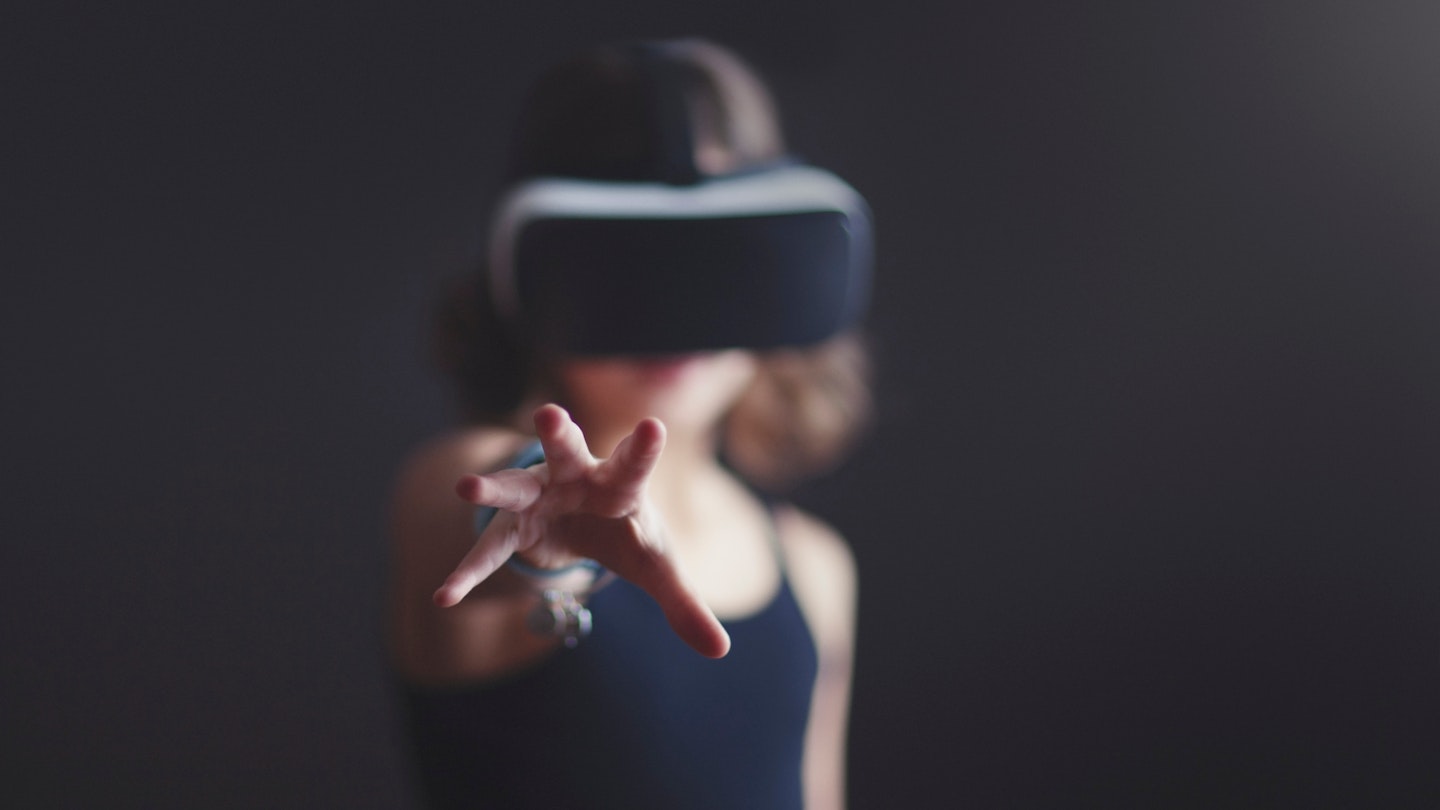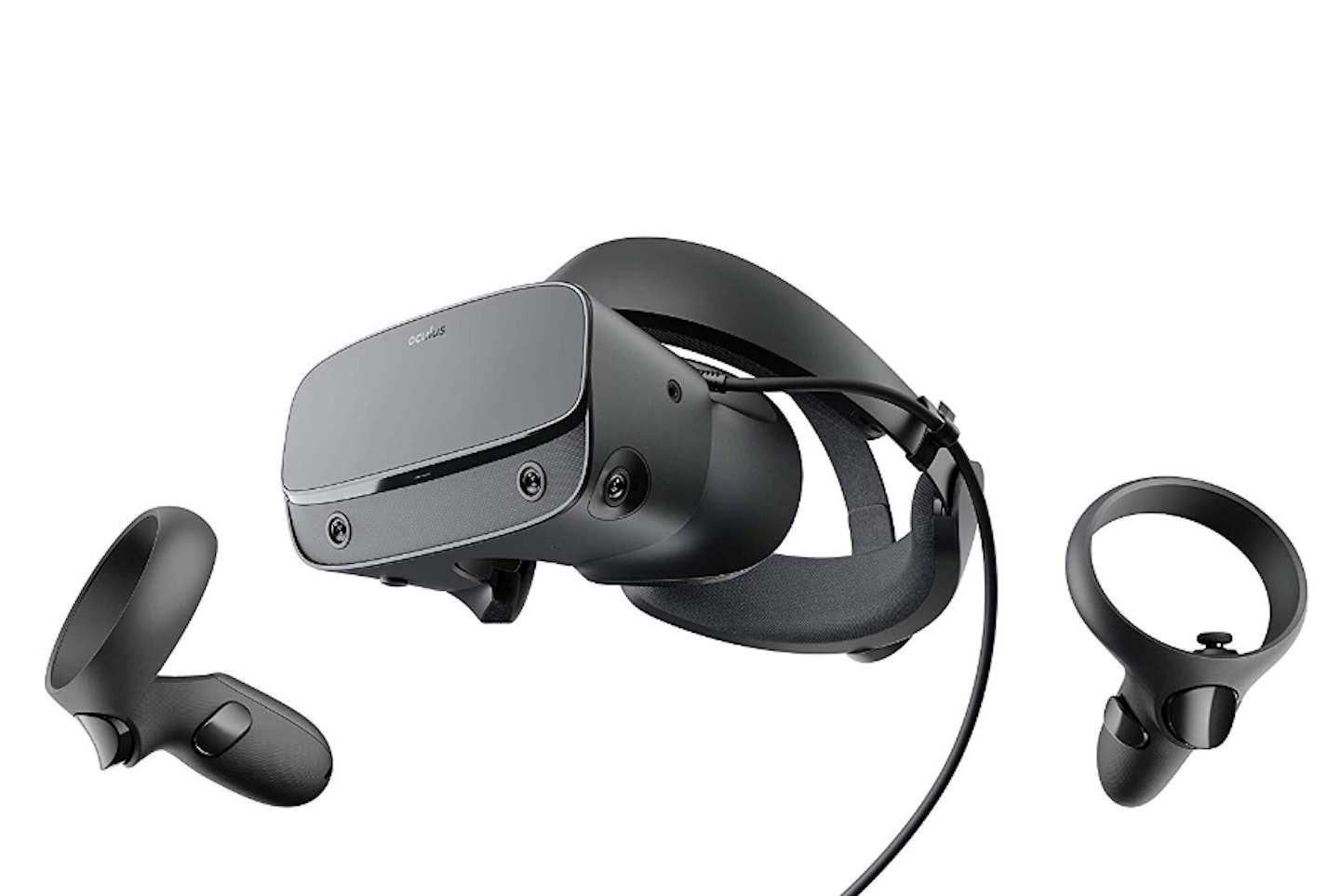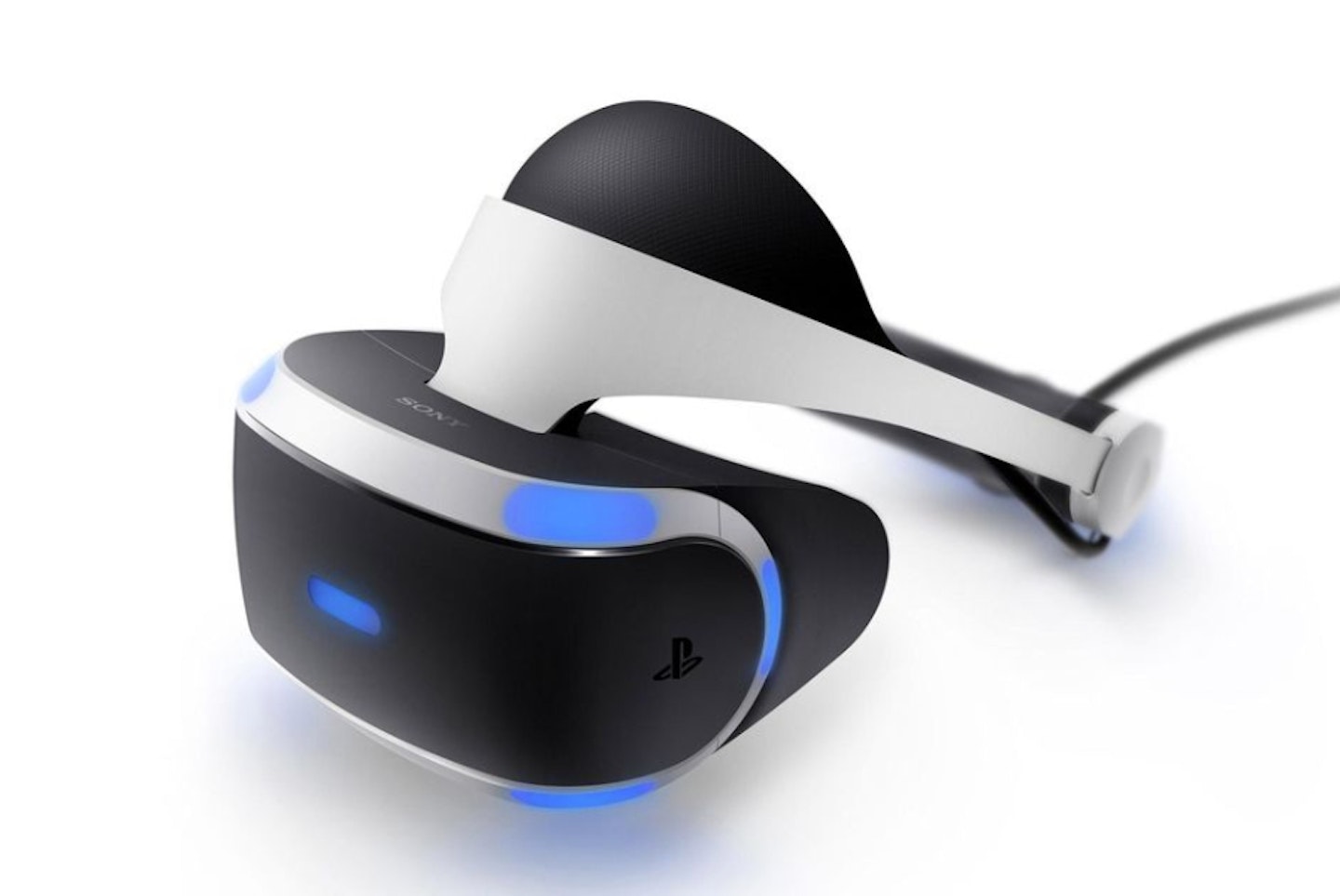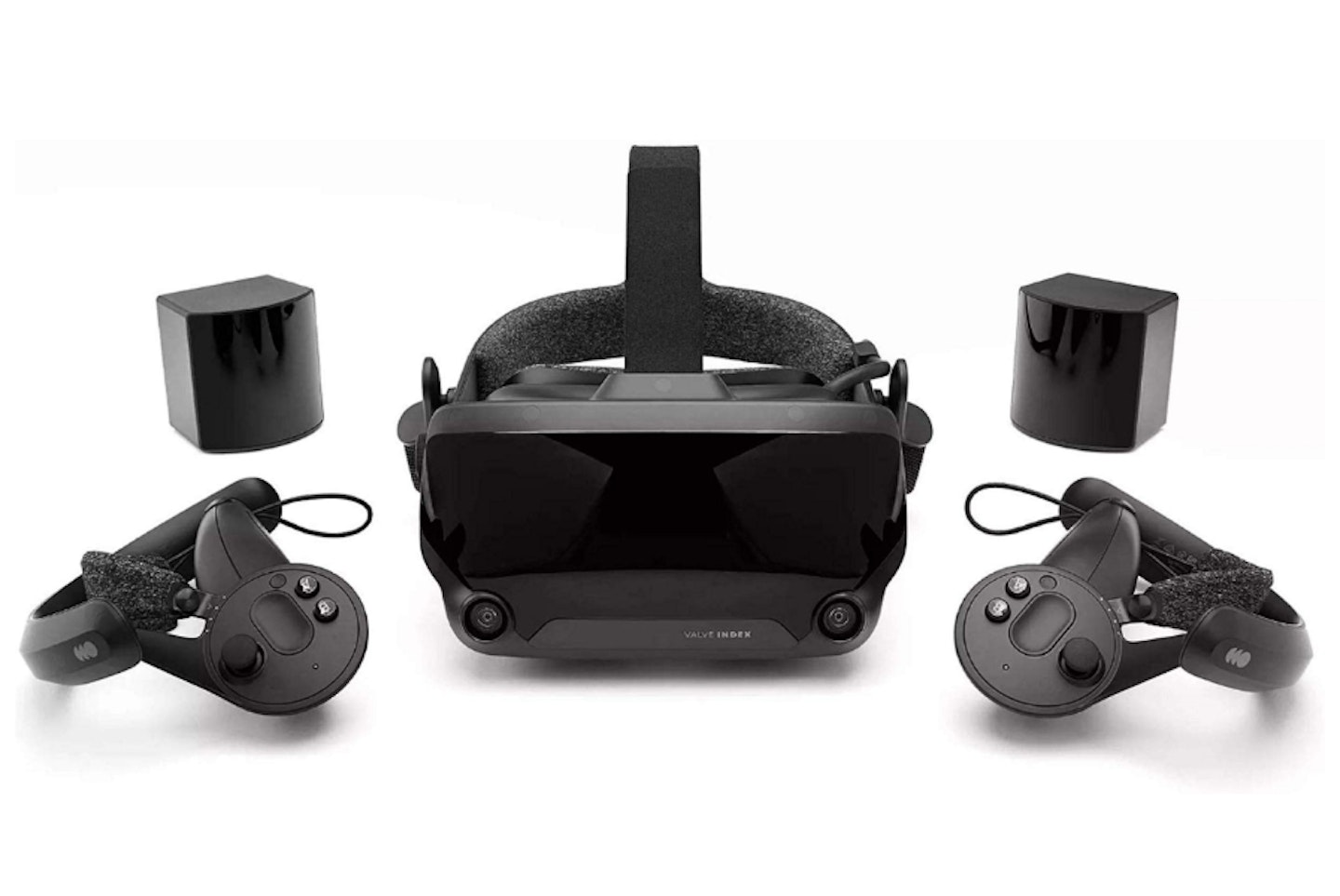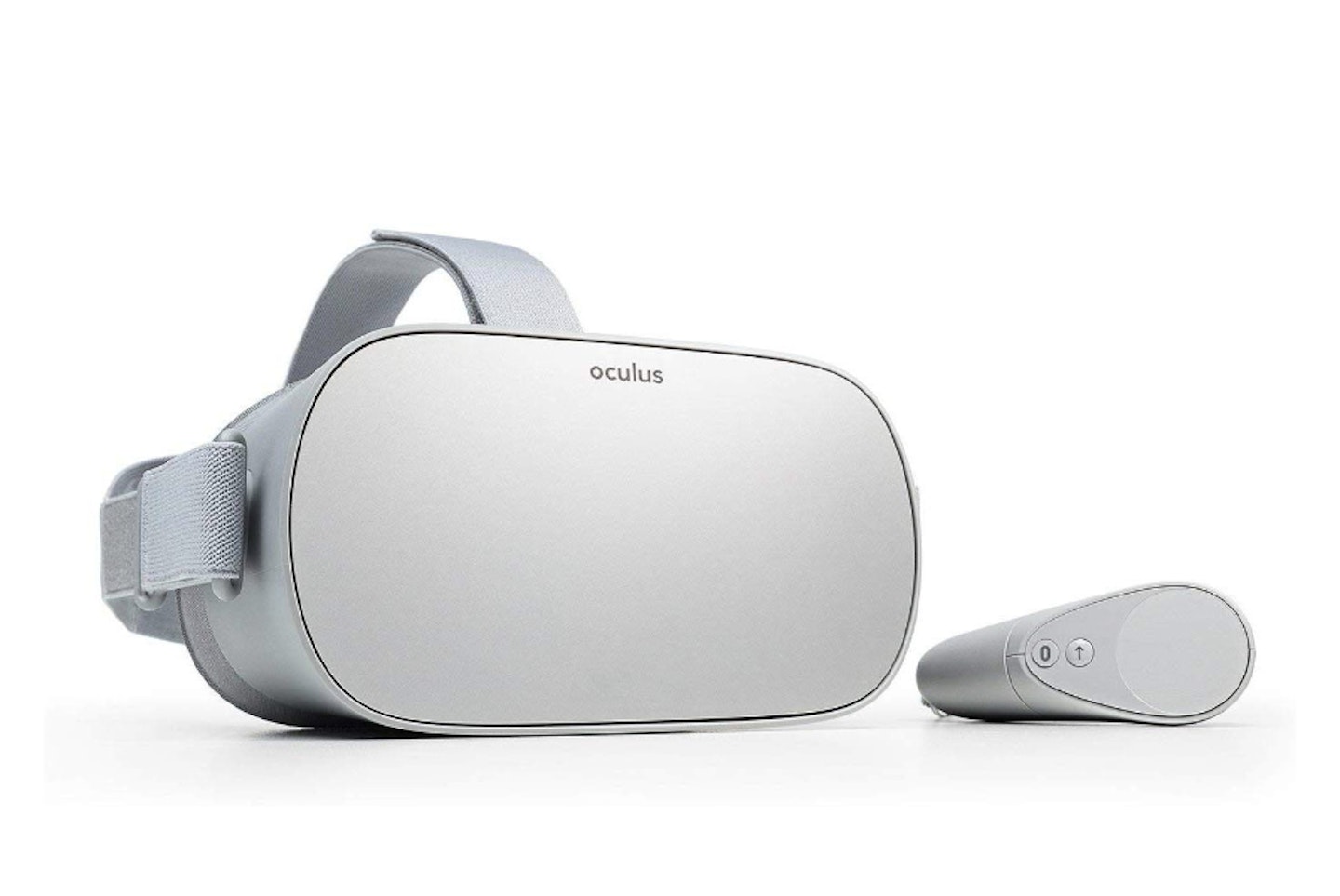Virtual Reality is here – it's happening. The dreams of sci-fi writers, tech fans and gaming devotees have finally been realised and… it's glorious.
VR technology has been around for a number of years, but they've really remained the preserve of tech developers and those with considerable bundles of spare cash - but over the last few years, a revolution has occurred. VR headsets have dropped in price, hiked in specifications and multiplied in desirability. Oculus, Sony, HTC and Valve are pushing the boundaries of what technology can offer us, and there's promise of yet more innovations just around the corner. This is not something to be missed.
A VR headset isn't just for gaming – they also provide new and exciting ways to interact with film, TV, internet browsing and social media, as well as artistic and creative pursuits.
It's a big, bad and technically complicated world out there. To help you find your new reality, we've broken down the best VR headsets on the market and extracted the information that matters. Take a look and see what you find.
The best at a glance
Oculus Quest
Oculus Rift S
Sony PSVR
Valve Index
HTC Vive Pro
Oculus Go
Nintendo Labo
The best in detail
The VR Headset Rundown
Editor's choice
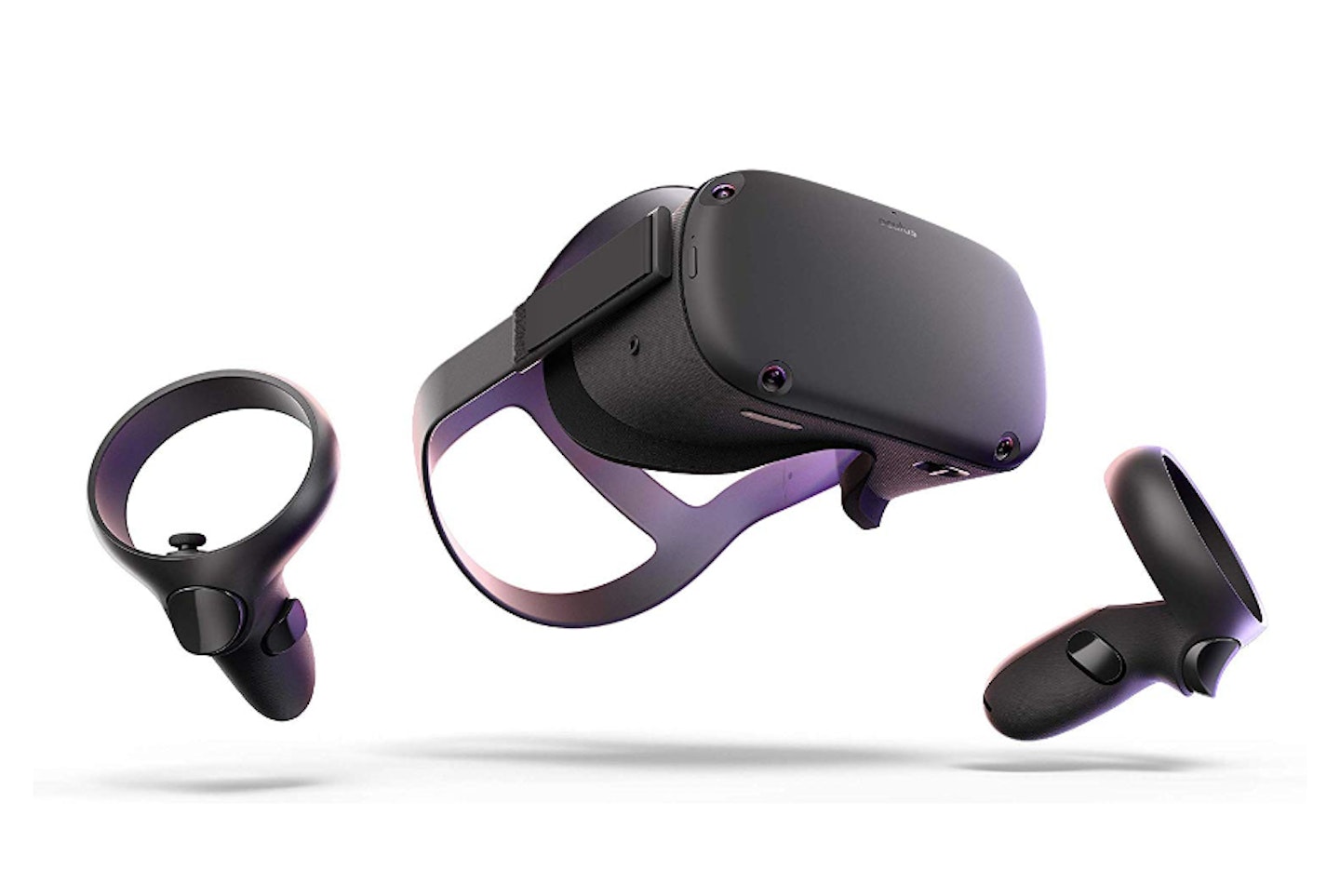
The Oculus Quest offers all the joys of VR gaming without the requirement of a high-spec PC or console. The headset packs all of the processing power, and the player is given control over their content via intuitive hand tracking or two Touch controllers.
The Quest offers one 1,400 x 1,600-pixel OLED screen per eye, a 72 Hz refresh rate and integrated audio. The Quest grants the user access to Oculus's great catalogue of entertainment titles, though some of the more demanding titles are reserved for the PC-powered Rift.
There are no external sensors to set up, as the in-built room scanner and intelligent Guardian boundary system allow virtual borders to be placed around a play zone, which will subtly notify the player in-game when they are nearing edge with a translucent mesh. Available with an internal memory of either 64GB or 128GB.
Pros
- Standalone
- Wireless
- Hand tracking
- Comfortable
- Crisp graphics and gameplay
Cons
- Cost is comparable to PC-powered Oculus Rift S
| Type: | Standalone |
| Internal Room Tracking: | Yes |
| Memory: | 64GB or 128GB |
| Resolution: | Two 1,400 x 1,600 OLED |
| Refresh Rate: | 72Hz |
| Store: | Oculus |
Best of the Rest
The Rift S is a remarkable headset offering a premium VR experience. It's PC-powered and offers brilliantly crisp visuals via the two 1,280 x 1,440-pixel resolution LCD screens with 80Hz refresh rates. Oculus have learnt from the flaws of the original Rift and made some tweaks with the setting up and ease of use with the S, allowing anyone with a PC capable of running the gear to access premium quality VR worlds.
Like the Quest, it's loaded with internal tracking, meaning that you don't have to set up an army of external sensors around the room. Oculus Touch controllers included, but there's no hand tracking…yet. By piggybacking off of the connected PC's processing power, the Rift S offers unfettered access to the Oculus and SteamVR catalogue.
Pros
- Wide selection of entertainment titles
- Excellent visuals
- Internal sensors and ease of use
Cons
- Wired
- Reliant on a PC, and not dissimilar specs from the Quest
| Type: | PC-powered |
| Internal Room Tracking: | Yes |
| Memory: | N/A |
| Resolution: | Two 1,280 x 1,440 LCD |
| Refresh Rate: | 80Hz |
| Store: | Oculus, SteamVR |
The PSVR is the go-to console gaming headset. There's not all that much choice in this area, but luckily Sony hasn't used this an excuse to be lazy. Inside the headset, there's a sharp 5.7-inch 1920 x 1080 OLED operating at 120fps. The integration of gamepad console gaming and VR worlds is pretty flawless, and the games available maximise immersion without relying too heavily on room movement – this might also be down to the headset's wired connection.
A necessary part of the headsets tracking is the PS camera (not included in the PSVR bundle), which is largely reliable but can be a little strict with boundary limits. The headsets been around for a few years now, and even though some of the PC-powered offerings might've surpassed its baseline performance, there's a huge array of quality (and affordable) titles available for the PSVR. The PSVR has been confirmed to work with the PlayStation 5. A PSVR 2 is likely to make an appearance in the coming years.
Pros
- VR console gaming
- Excellent VR experiences
- Very comfortable
Cons
- The cost of buying a PS Camera
- Loads of wires
| Type: | Console-powered |
| Internal Room Tracking: | No, uses PS Camera |
| Memory: | N/A |
| Resolution: | One 1,080 x 960 OLED |
| Refresh Rate: | 90Hz-120Hz |
| Store: | PlayStation Store |
The Valve Index is arguably the premier VR headset – it runs with two 1,440x1,600 LCD screens, kicking out a 120Hz average refresh rate (though 140Hz+ is possible for experimental works) and offers both a razor-sharp image and a huge 130-degree field of vision.
Valve are truly leading the way in terms of visual capabilities. The off-ear audio is particularly comfortable, and the controllers offer up great functions, with triggers, thumb buttons, grip sensors and finger tracking all adding to the immersive possibilities (take note, competitors).
The setting up of the headset can be very fiddly, with the sensor base stations needing placement within the room – this seems like a step backwards after Oculus's successful inbuilt sensors (take note, Valve). If you're switching from the HTC Vive ecosystem, you can purchase the headset unit individually for a reduced cost and use your pre-existing Vive sensors and controllers – they were originally developed by Valve.
Pros
- Great name
- Great controllers
- Cutting-edge visual specifications
Cons
- External sensors
- Specs needed from the connected PC
| Type: | PC-powered |
| Internal Room Tracking: | No, towers needed |
| Memory: | N/A |
| Resolution: | Two 1,440 x 1,600 LCD |
| Refresh Rate: | 102Hz |
| Store: | SteamVR |
Shortlisted

The HTC Vive Pro is one of the most powerful VR options available. HTC has loaded this PC-powered headset with two 2,880 x 1,600-pixel AMOLED screens with 90 Hz refresh rates, offering pin-sharp visuals and a 110-degree field of vision. The headset also includes certified high-resolution speakers, which create a powerful soundstage for an intense and immersive user experience.
The potential sensor range is huge, as additional sensors can be arranged to create a usable space of 100m2 – ideal for multi-user VR play. The Pro Full Kit includes two sensors, two controllers and the headset, which is wired. A wireless kit is available at a higher price point.
The HTC Vive Pro will allow the user to access the full SteamVR range, but in truth, this unit feels very much geared towards the professional development market rather than the gamer and experience-led audience. If you're upgrading from the original Vive, you can purchase the headset unit individually for a reduced cost and use your pre-existing sensors and controllers.
Pros
- Brilliant visuals
- Reliable tracking
- Immersive audio
Cons
- The price
| Type: | PC-powered |
| Internal Room Tracking: | No, towers needed |
| Memory: | N/A |
| Resolution: | Two 2,880 x 1,600 AMOLED |
| Refresh Rate: | 90Hz |
| Store: | SteamVR |
Best Value
The Oculus Go is an ideal starting point for those who may be cautious about stepping into a VR world. The unit sits, with an elegant awkwardness, at the juncture between the now obsolete smartphone-based headsets of yore and the Oculus Quest.
Inside, the Go has one 2,560 x 1,440 display, which offers a satisfyingly clear image akin to your high-end smartphone. There's one controller provided, which is wireless and intuitive but limited in functionality, but if you've got a Bluetooth gamepad, it can be hooked up. The headset effectively works straight from the box and provides access to a whole range of Oculus entertainment suites and games (a nice selection of which are free).
Unlike the Rift S or Quest, the Go pays no attention to the room, tracking movement only via the head. Available with an internal memory of either 32GB or 64GB.
Pros
- Top-tier entry-level unit
- Great insight into the VR world
- Provides access to Oculus's great dashboard and apps
Cons
- Limited functionality for serious gamers
| Type: | Standalone |
| Internal Room Tracking: | No |
| Memory: | 32GB or 64GB |
| Resolution: | One 2,560 x 1,440 display |
| Refresh Rate: | 60Hz |
| Store: | Oculus |
The bonkers but fun Nintendo Labo VR Goggles and Blaster – it looks like a prank, but it's real. The basic premise is that the undocked console is placed into a holder, which then uses the JoyCon and Switch's inbuilt motion sensors to replicate the VR experience.
The headset offers some compatibility with Super Mario Odyssey and The Legend of Zelda: Breath of the Wild, along with some other experience-specific (and therefore restricted) titles and extras.
Pros
- Affordable
- Fun
Cons
- Not a dedicated unit, so it's limited in scope and usability
- Visuals restricted by the Switch's 720p screen
| Type: | Console attachment |
| Internal Room Tracking: | N/A |
| Memory: | N/A |
| Resolution: | One 1,280 x 720 |
| Refresh Rate: | 60Hz |
| Store: | Nintendo eShop |
Looking to get your gaming fix elsewhere? Be sure to check out our rundown of the best Switch games, PS4 games and Xbox One games.
What can you do on a VR headset?
The primary thing people will talk about is the gaming, which is a huge part of the VR experience. However, you can also watch movies and TV, browse web and social media. There's a whole range of interesting and entertaining apps to access too, including Google Expeditions, Google Earth VR, Kinspray Graffiti VR or Virtual Desktop.
You can watch even watch exciting specialist VR film short innovations like Colosse or Allumette.
What games are available for VR headsets?
This depends on what your brand of headset can access – Oculus headsets will get you access to both Oculus marketplace and Steam, but only the PSVR get you the PS4 catalogue. Always check with the manufacturer if there's a specific title you're looking to play.
What is Oculus hand tracking?
Oculus's hand tracking replaces the use of controllers, allowing the user to operate in a VR environment with just their hands. It is an industry-changing feature, and though it has limited application currently, it promises great things to come.
Types of Headset
Standalone VR Headsets
A standalone VR headset is a VR device that can operate in and of itself without needing to be attached to a PC or console. The headset is loaded with gadgetry, sensors and internal memory and can connect to the internet and smartphone apps to access content.
This increased flexibility does come with its compromises – the device will not be as powerful, and some apps and games may be unavailable.
PC-powered VR Headsets
A PC-powered, or PC-connected, headset is a VR device that is linked to a computer via a wired or wireless connection. These devices are more powerful than their standalone counterparts but may require room sensors and can be more intensive to set up, both durationally and technically.
- Read our rundown of the best gaming PCs for under £1000
Console VR Headsets
The console VR headset effectively switches out the PC connection for a PlayStation 4, as this is the only console available currently which accepts VR. This can be less expensive than setting up a sufficient PC rig.
Smartphone VR Headsets
These VR headsets were popular a few years ago and combine a docking headset with a smartphone. These are now considered outmoded, having been superseded by the standalone headsets.
